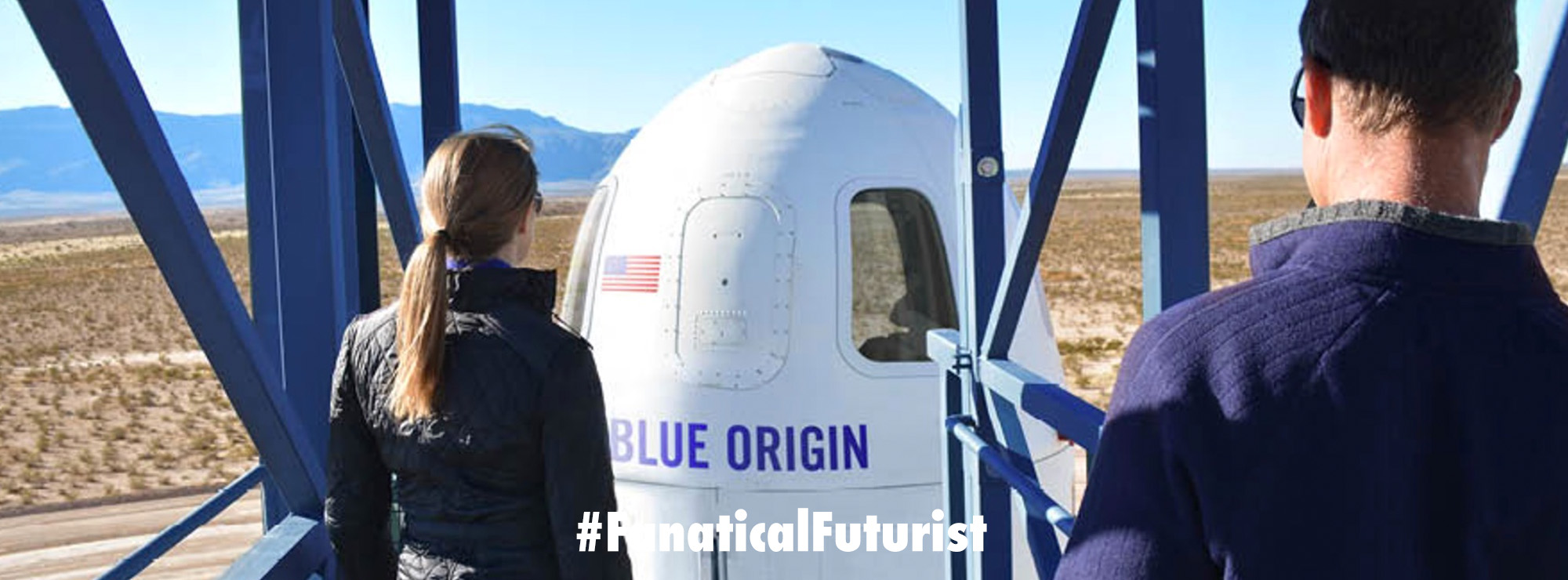WHY THIS MATTERS IN BRIEF
Altman and Musk are in a war – some might call it an ego war – and Altman looks like he’s pulling ahead.
 Love the Exponential Future? Join our XPotential Community, future proof yourself with courses from XPotential University, read about exponential tech and trends, connect, watch a keynote, or browse my blog.
Love the Exponential Future? Join our XPotential Community, future proof yourself with courses from XPotential University, read about exponential tech and trends, connect, watch a keynote, or browse my blog.
Elon Musk’s xAI made quite a splash when it built its Colossus data center with 200,000 GPUs that consumes approximately 250 MW of power. However, it appears that OpenAI has an even larger data center in Texas, which consumes 300 MW and houses hundreds of thousands of AI GPUs, details of which were not disclosed. Furthermore, the company is expanding the site, and by mid-2026, it aims to reach a Gigawatt scale, according to SemiAnalysis. Such gargantuan AI clusters are creating challenges for power companies not only in power generation but also in power grid safety.
OpenAI appears to operate what is described as the world’s largest single data center building, with an IT load capacity of around 300 MW and a maximum power capacity of approximately 500 MW. This facility includes 210 air-cooled substations and a massive on-site electrical substation, which further highlights its immense scale. A second identical building is already under construction on the same site as of January 2025. When completed, this expansion will bring the total capacity of the campus to around a gigawatt, a record.
These developments have drawn attention from the Electric Reliability Council of Texas (ERCOT), the organization responsible for overseeing the Texas power grid, because of the unprecedented size and energy demand of such sites. The power consumption profile of these data centers, combined with their rapid growth, presents serious challenges for energy supply companies for several reasons.
Firstly, hundreds of thousands of AI accelerators (such as Nvidia’s H100 or B200) and servers on their base consume an immense amount of power and require a huge and continuous supply of electricity, often equivalent to what a mid-sized city consumes. Supplying this kind of load forces power companies to build or upgrade substations, transmission lines, and generation capacity far faster than usual. This stretches both financial and physical infrastructure planning, especially in regions that were not prepared for such rapid growth.
Secondly, the way these data centers use power is unstable. Unlike traditional factories or office buildings that draw power steadily, AI-focused data centers can swing from maximum demand to minimal usage in moments. This kind of behavior places enormous stress on grid management, as even slight imbalances between supply and demand can cause voltage and frequency issues.
Specifically, when more electricity is produced than needed, both voltage and frequency rise above their normal levels. If demand outpaces supply, they drop below standard values. Even a 10% deviation in either direction can damage electronics or trigger circuit protection. It is the grid operator’s responsibility to keep these parameters within safe limits to ensure system stability. However, if several large data centers (or one giant data center, such as the one used by OpenAI) suddenly reduce their power draw, it could send shockwaves through the rest of the grid, causing other power consumers or generators to shut down, and potentially triggering a chain of failures.
Thirdly, integrating these data centers into the grid requires complex coordination with regional planning authorities, which typically conduct studies to understand the effects on transmission stability and to prevent conflicts with other grid users. However, these studies are time-consuming and often lag behind the speed at which data centers are built.
Finally, there is an economic challenge as power companies may need to spend billions to satisfy the demands of large data centers. However, the unpredictable nature of the AI industry means return on that investment is hard to model. At the same time, if the grid is not upgraded fast enough, there is a risk of blackouts or turning down industrial customers who cannot compete for limited grid capacity.















